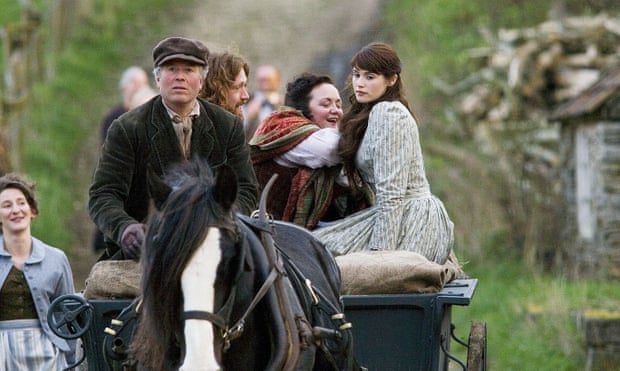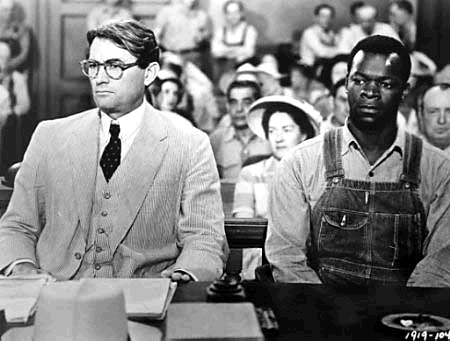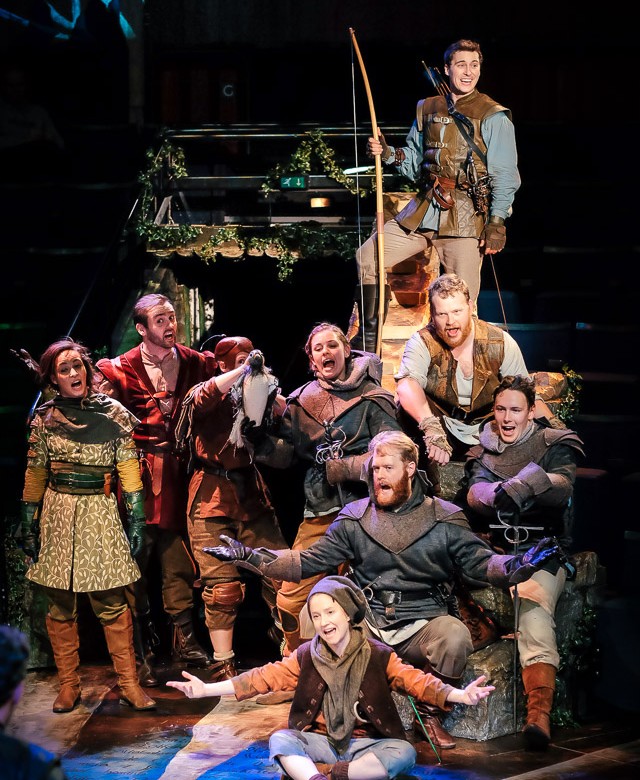Down the smoke, 19 and 20 Feb, to tank up on High (and some low!) C(c)ulture. I saw Ralph Fiennes in Ibsen’s The Master Builder: an excellent performance in the Old Vic. The Gagosian gallery in Britannia Street behind King’s Cross (free entry!) has an exhibition comparing/contrasting portraiture of the photographer Avedon with Warhol’s portraits. Highly recommended. The Courtauld Gallery, Somerset House, Aldwych (also free entry for students and teachers), shows the Botticelli cartoons illustrating the three parts of Dante’s Divine Comedy: 60 plus drawings, with magnifying glasses handed out at the entrance.: can’t think of anything better, at least not in this area of the highest pursuits…

Warhol: self Portrait

Avedon: Ezra Pound

Avedon: Beckett
The main theatrical event happened in the other more vibrant place around the corner from the Old Vic: i.e. in the Young Vic, which still, it seems, fulfils the promise held out by its name: vibrancy, new impulses, setting the standard for contemporary theatre. A while ago I saw Beckett’s Happy Days there. Terrifyingly intense. This time, I was lucky enough to score a ticket for one of Peter Brook’s rare productions on an English stage, entitled Battlefield. Brook is now 91; it was (without trying to wish time away) probably a once-in-a-lifetime opportunity for me then to see the legend in live-action.
The venue was bristling with young vibe. Andrew Scott, of Professor Moriarty (Sherlock) and Pride fame was in the house (I could smell his Eau, I came that close), also Fiona Shaw, and, as coincidence had it, our very own Staffs arch-practitioner in the dramatic arts, playwright and Panto specialist extraordinaire ‘Rob’ Marsden…. Indeed, the Staffordshire links extended further, for, one of the five-strong cast was the Cheesemanian disciple of yore and sometime Northern Broadside member, Sean O’Callaghan, the only  Caucasian white actor in this show.
Caucasian white actor in this show.
My interest in Brook’s work goes back some time and is linked partially with a stint of teaching I did in the olden days for the Drama and Theatre Arts Department at Staffs Uni, including 20th century play-writing and dramaturgy. A short explanation might be in order.
Peter Brook started off as one of the most radical innovators of British post-war theatre, with trail-blazing productions of plays from the traditional canon to his name, such as Shakespeare’s Lear (1962) and Midsummer Night’s Dream (1970), but also new ‘experimental’ ones, the most spectacular Marat/Sade (1964) by Peter Weiss. Brook re-examined the very texts of the plays he used in the light of innovatory 20th century theatre practices and the theories that transformed theatre after Ibsen, such as those of Brecht (‘Epic Theatre’), Artaud (‘Theatre of Cruelty’), and the Theatre of the Absurd. In one of his seminal studies (The Empty Space: the practitioner Brook is also a formidable theorist!), which has come to be regarded as something of a rule-book for post-modern theatre, he argues that text is only one amongst the elements that come into play when the empty space of the theatre is to be filled with theatrical matter. In fact, it is Brooks iconoclastic irreverence towards the traditionally sanctioned play-text (handed down over centuries and meticulously edited into ‘definite’ shape by generations of scholars) that might be singled out as a key feature of his radicalism as a theatrical innovator. Far from holy writ, the actual text is according to Brook by no means THE central element of theatre. Particularly the well established texts almost held sacred, such as those of Shakespeare’s plays, need to be put through the mincer; they need re-shaping and re-jigging, as each new specific present production requires. The above mentioned Midsummer Night’s Dream went down as a good example for the new flexibility in the handling of text for the theatre that Brook advocated, including cutting, altering, re-ordering of passages and scenes: an attitude of postmodern utility and sobriety…
All in all, Brook argues the case for a re-evaluation and re-prioritisation (dread word!) of the elements that come together to create the theatre experience. He aims at a new holistic inclusiveness of the theatre which needs to start from scratch (an empty room) in the assembly of its ingredient elements for each new production. Some of these elements, such as mime, acrobatics, magic, are to be re-admitted centre-stage from the neglected fringes of performance practice. Thus, Midsummer Night’s Dream used acrobats, fire eaters, jugglers, etc. In this regard Brook’s theatre seems to correspond with Mikhail Bakhtin’s notion of the Carnivalesque: established doctrines of style are subverted through the liberating force of chaos and humour ….
Brook also worked in film. In the versions of Lord of the Flies (1963), Marat/Sade (1967) and Lear (1971), all three in Black and White, Brook seems well conversant with the aesthetic requirements in this different medium. For example, the madness scene of Lear raving on the Heath comes alive well as film. Shot in a sequence of blurry, double-exposed images, the over-blending gives Lear’s psychotic outbursts a uniquely cinematographic form. During the English period of his activity, Brook was instrumental in launching the careers of many now well-established theatre and cinema actors, such as Glenda Jackson’s (Marat/Sade) and Ben Kingsely’s (Midsummer Night’s Dream); the name of Paul Scofield (Lear) is intrinsically linked with earlier Brook.
These days it is rare to see Brook in action in Britain. He now operates from Paris, where he moved in the mid-70s, acquiring a defunct Belle époque venue, the Théâtre des Bouffes du Nord near the Gare du Nord, whose director he remained until 2008. The most spectacular production emerging from Paris was the 12 hour-long staging of a Sanscrit epic, Mahabharata, in 1985, an experience of truly Wagnerian dimensions, both in terms of sheer length and as a multi-artistic fusion project, with the slimmer film version, cut down to a mere 6 hours, added in 1989. The immensely long text of more than 200000 verses is the Indian equivalent to Homer’s Greek epics, albeit probably older, going back to even before C8 BCE in its oldest core parts.
It was thus with great expectations that I attended the performance at the Young Vic. Reader, they were not thwarted! Battlefield, it emerged, is the massive epic of the Mahabharata whittled down to a mere 65 minutes of performance time. Brook has moved away then from the gargantuan proportions of the original 1985 production, from the opulence of his earlier output altogether, to a ‘late style’ of sparse gestures and tightly crafted minimalism: the show runs through without interruption in what could be called ‘one act’. The short segment presented is the condensed essence of the whole of the Mahabharata project, the full epic in a nutshell, so to speak. The structure of the huge text consisting of scores of intertwined tales held together in a broader narrative frame is showcased here, in an exemplary, didactically demonstrative way, very much reminiscent of Brecht’s Lehrstücke (‘Instructive Theatre Parables’). Thus, the Battlefield segment features as a representative nuclear scene standing in for the whole of the Mahabharata’s endlessly confabulated creation-of-the-world myth. We see the key players of the extended version in action here, Krishna and Vishnu, as well as a small selection of more minor characters lower in the mythological chain through whom the will and wisdom of the gods is filtered down the pyramid of creation. The ebb and flow of life is presented in an allegory of battle and war, the battlefield of death as wasteland of rebirth and renewal, a kind of Indian version of the baroque idea of Theatrum mundi.
One of the most impressive features of the production is that of ‘the fifth man’, a Japanese tabla player with a free-jazz backdrop, who provides continuous musical commentary on proceedings. The music-maker is fully integrated as an independent voice with a non-linguistic, purely musical part. This goes deep into the heart of the play’s mythologizing intentions. The good Dr. Schopenhauer is near in spirit…
If one were to sum-up the whole thing in terms of impact of theatrical experience and significance of production, the following could be said:
- an enormously rich experience packed into little more than an hour of performance;
- a fruitful tension of contemporary, ‘modern’ theatre feeding on primeval, in itself half-shadowy, prehistoric text: a ‘post-modern’ tension;
- fulfilment of the key demands of Brecht’s Epic Theatre (narrative intentions; props rendering strange the action; the actors stepping outside of their roles etc.), paradoxically through bringing mythology back to life;
- a marriage of thinking man’s Brechtian Epic Theatre therefore and C.G. Jung’s dimming Collective Unconscious.
A curious admixture of the best of two different worlds….







 New Vic Theatre
New Vic Theatre